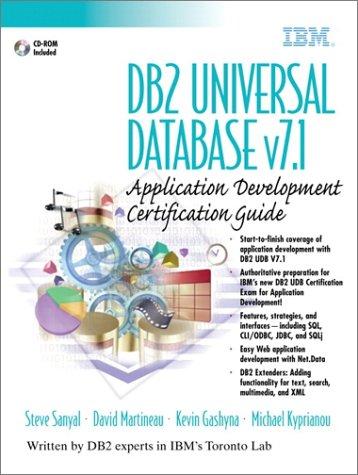Answered step by step
Verified Expert Solution
Question
1 Approved Answer
Question 2: Assume that a 10-D base cuboid contains only three base cells: (1) (a1, d2, d3, d4,d9, d10), (2) (d1,b2, d3, d4., d9, d10),

Step by Step Solution
There are 3 Steps involved in it
Step: 1

Get Instant Access to Expert-Tailored Solutions
See step-by-step solutions with expert insights and AI powered tools for academic success
Step: 2

Step: 3

Ace Your Homework with AI
Get the answers you need in no time with our AI-driven, step-by-step assistance
Get Started


